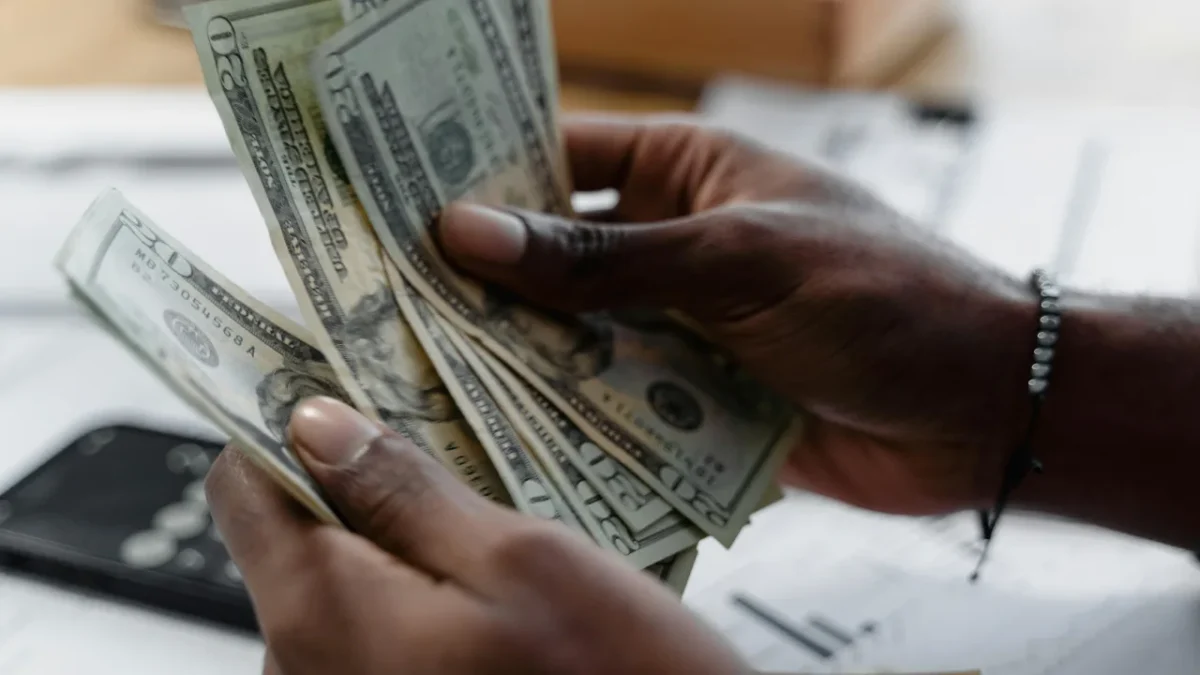As we approach the end of 2024 and look ahead to 2025, securing your financial future should be a priority. One of the best ways to do that is by building an emergency fund. Whether it’s for unexpected medical bills, job loss, or sudden home repairs, an emergency fund offers peace of mind and financial security.
What is an Emergency Fund?
An emergency fund is a financial buffer that helps cover unexpected expenses. It’s not just a savings account; it’s a safety net for when life throws the unexpected your way. Having this cushion in place allows you to manage emergencies without disrupting your long-term financial goals.
Read More | Understanding Bankruptcy: Key Disqualifiers You Should Know
Why is an Emergency Fund Essential?
Emergencies happen when we least expect them. Whether it’s a sudden illness, car breakdown, or loss of income, not having savings for these events can derail your finances. Financial experts recommend setting aside at least three to six months’ worth of living expenses to avoid financial stress during a crisis.
Starting the year with this goal in mind gives you a strong foundation for future financial success. It helps ensure that unexpected events don’t derail your plans or force you into debt.
How Much Should You Save?
The general advice is to save enough to cover three to six months’ worth of essential expenses. This amount varies depending on your lifestyle, dependents, and risk tolerance. For instance, if you have a family or a mortgage, you may need to save more.
“Having an emergency fund ensures you can navigate tough times without using credit cards or loans,” says Manoj Goyal, a financial expert. “Start by saving smaller amounts regularly, and gradually build up to a safety net that provides peace of mind.”
Read More | The Ultimate Guide to Credit Card Insurance Policies: Benefits, Coverage, and How to Choose the Right One
Expert Tips for Building Your Emergency Fund
- Automate Savings: Set up an automatic deposit into a high-yield savings account. This makes saving effortless and helps you stay consistent.
- Track Your Expenses: Review your monthly spending and identify areas where you can cut back. Redirect those savings into your emergency fund.
- Start Small, Think Big: Don’t get overwhelmed by the target. Begin by saving a small percentage of your income, and gradually increase it as your finances allow.
- Use a Separate Account: Keep your emergency fund separate from your regular checking account to avoid dipping into it for non-emergencies.
- Prioritize Fund Over Luxuries: Avoid spending on non-essential items until your emergency fund goal is met. Consider this your top financial priority.
The Benefits of Having an Emergency Fund
An emergency fund offers several benefits, not just for emergencies, but for your overall financial well-being:
- Peace of Mind: Knowing that you have a financial cushion reduces anxiety during challenging times.
- Avoiding Debt: It helps you avoid relying on credit cards or loans when the unexpected happens.
- Financial Freedom: With an emergency fund in place, you can make financial decisions based on your goals, not out of desperation.
Read More | Mastering Credit Card Debt Negotiation: Proven Strategies to Save Money and Regain Control
How to Get Started in 2025
With the new year right around the corner, now is the perfect time to start building your emergency fund. Whether you’re just beginning or need to boost your savings, setting clear financial goals for 2025 can help you stay on track.
Start by creating a budget, cutting unnecessary expenses, and setting up automatic transfers to your emergency fund. The earlier you start, the quicker you’ll reach your goal and feel more secure.
For more tips on saving and managing finances, check out resources from the Consumer Financial Protection Bureau (CFPB), or visit the National Endowment for Financial Education (NEFE).
Wrapping Up
Building an emergency fund is one of the smartest financial moves you can make as 2025 approaches. It not only provides security during unexpected events but also strengthens your financial position for the future. By starting the year with this goal in mind, you can approach 2025 with confidence, knowing that you’re financially prepared for whatever comes your way.

